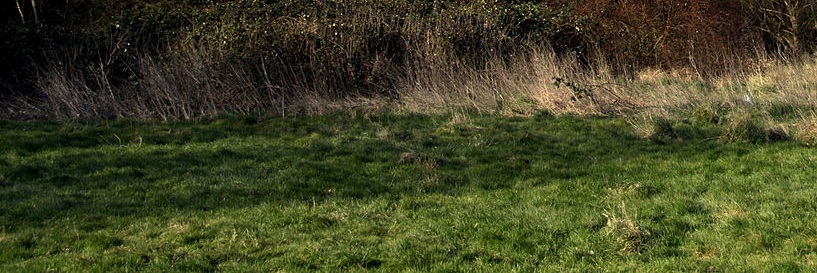Coarse grass can quickly overrun fine turf, making it look patchy and spoiling the appearance of your lawn. These grasses are not easy to control, and they can take over large areas of your lawn if you allow them to do so.
Want to learn more about coarse grass in your lawn and what you can do about it? Read on!

Image source: Wikimedia Commons
What are coarse grasses?
Coarse grasses (also known as weed grasses) are simply patches of different grass species within a lawn. Where different grasses are easily and clearly distinguishable, coarse grasses are more than likely present.
Early identification and removal are vital, as there are no chemical controls for coarse grass in lawns.
What do coarse grasses look like?
Coarse grass is a lot easier to spot than you might expect. Here are the signs to look for on your lawn:
- Patchy grass with a different colour / texture to the rest of the lawn
- Flowering below the height of the cut, giving the lawn a peppered look
- Brown-coloured leaf sheaths, giving the lawn a burnt appearance
What causes coarse grass?
Coarse grasses can appear for a variety of reasons. Here are a few possibilities:
- Seeds may reach your lawn through unsterilised loam used as lawn top-dressing.
- Grass seeds may be spread by birds.
- Coarse grass may be present in the original seed mixture and become visible only if the condition of your lawn starts to deteriorate. When your lawn was new, these seeds may have been dormant in the soil, only springing up once the lawn was established.
- Coarse grass can appear in lawns that suffer from excessive mowing, compaction or drought.
- Some fine grasses (such as bents and fescues) are prone to becoming scorched in cold weather conditions, stunting their growth and allowing coarse grasses to take over.
Controlling coarse grass
There is no one-size-fits-all solution for controlling coarse grass in lawns. If possible, you need to identify the underlying cause and address that.
That being said, here are some suggestions that may help to improve your lawn's condition:
- It's important to maintain and a consistent treatment programme in addition to regular watering and mowing, as this will help to thicken up the sward.
- Before mowing your lawn, slash the coarse grass with an edging tool or a knife that cuts into the root system. Cut into the affected area in a crisscross fashion before you mow. Once you've cut your grass, remove the debris and rake until you see enough soil to re-seed. With the seed establishing at a good rate, this method should put the coarse grass under pressure and push it out of your lawn.
- In early spring, apply a spring lawn fertiliser that is high in nitrogen. This will boost desirable lawn grasses as they come into growth.
- Remove individual patches of weed grasses by hand.
- For large problem areas, fork out the worst patches in September or October (adding soil to re-establish the level), then re-seed with a finer lawn seed mixture or lay patches of new turf.
- If your coarse grass infestation is particularly extensive, getting it under control may be far more difficult. Avoid frequent watering in dry summers, as meadow grass is shallow-rooting, so should be discouraged by drought.
When it comes to chemical controls, there are no selective weedkillers that can be used against coarse grasses in lawns without also killing the desirable grasses. Therefore, we recommend using only cultural methods when dealing with coarse grasses in your lawn.
Need some help getting to the bottom of your lawn's coarse grass problem? Call Lawn & Weed Expert on 0800 111 4958 to request a FREE lawn survey!
Contact Lawn & Weed Expert